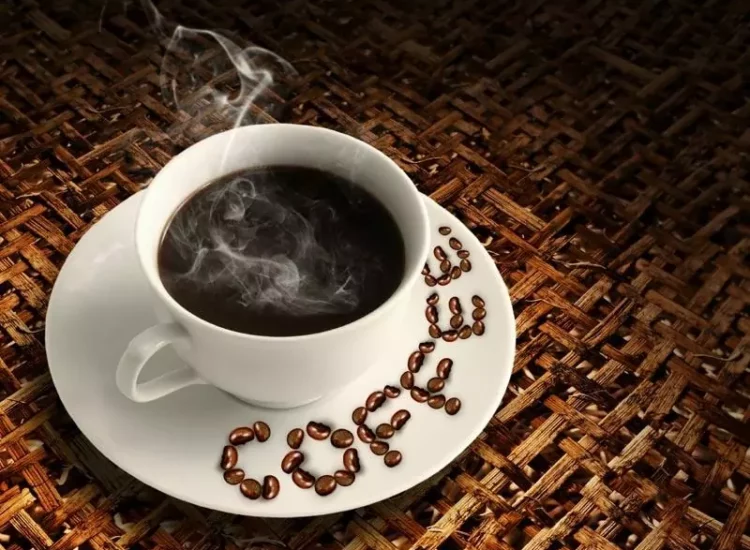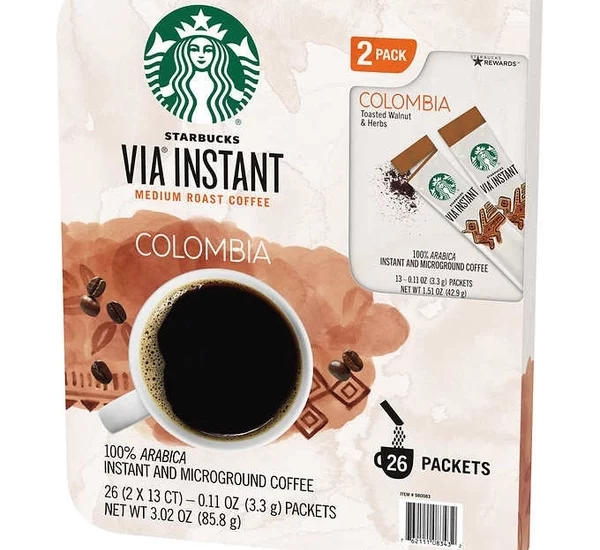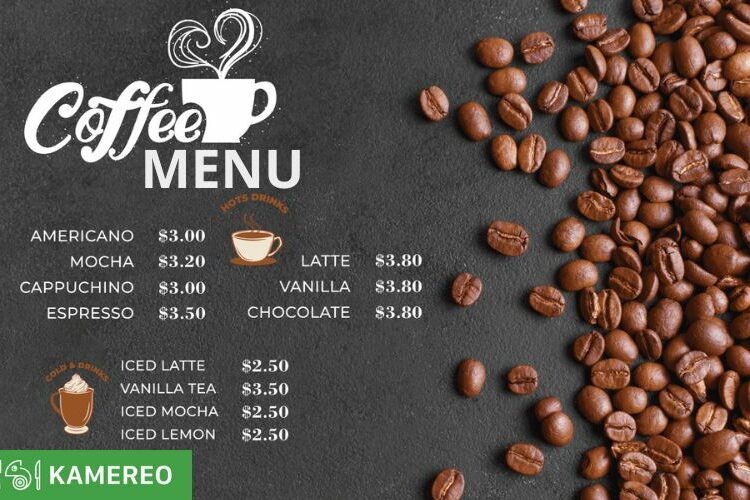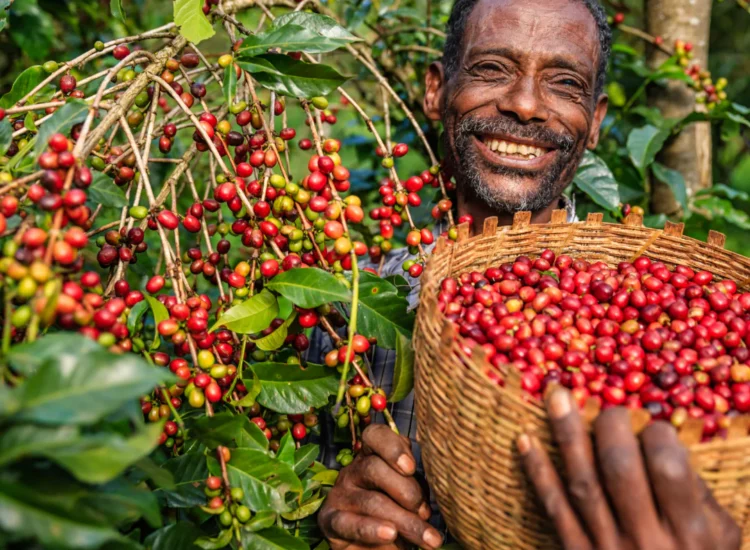The Unseen Ingredient: The Crucial Role and Selection of Music in Cafes
A cafe is a multi-sensory experience. Patrons are drawn by the aroma of coffee, the visual appeal of pastries and decor, the tactile comfort of seating, and the taste of their chosen beverage. Yet, one of the most powerful, albeit often subliminal, elements shaping the cafe environment is sound, particularly the music playing in the background. Music in a cafe is not merely an afterthought; it is an essential ingredient that crafts the atmosphere, influences customer mood and behavior, reinforces brand identity, and ultimately contributes significantly to the overall customer experience. Choosing the right types of music for a cafe requires careful consideration, understanding its purpose, and selecting genres that enhance rather than detract from the desired ambiance.
The Ambient Architect: Why Music Matters in a Cafe
Music serves several critical functions within the  cafe setting:
cafe setting:
- Creating Atmosphere and Mood: This is perhaps the most significant role. Music sets the tone – be it cozy, energetic, sophisticated, relaxed, or trendy. It can make a space feel warm and inviting or cool and minimalist. The genre, tempo, and volume collectively dictate the emotional landscape of the cafe.
- Providing an Acoustic Buffer: Cafes are often filled with various sounds – the whir of grinders, the hiss of steam wands, the clatter of cups, and customer conversations. Well-chosen background music helps to mask these potentially distracting noises, creating a more pleasant and less jarring auditory environment. It allows for conversation without feeling exposed in a silent room.
- Influencing Customer Behavior: Studies have shown that music can subtly influence how long customers stay. Faster, more upbeat music at a slightly higher volume can encourage faster turnover, suitable for busy periods. Slower, mellower music at a lower volume encourages customers to linger, ideal for a more relaxed or study-focused cafe.
- Reinforcing Brand Identity: The music selected should align with the cafe’s concept and target audience. A modern, minimalist cafe might opt for ambient electronic or cool jazz, while a rustic, bohemian spot might choose folk or world music. The music acts as an auditory extension of the brand’s visual and service identity.
- Enhancing the Overall Experience: When music is well-curated and fits the environment, it seamlessly blends into the background, enhancing the feeling of comfort and enjoyment without being consciously noticed. Poor or inappropriate music, however, can be highly irritating and drive customers away.
Given these crucial roles, random playlists or ignoring music choice entirely is a missed opportunity and potentially detrimental to the business.
Crafting the Acoustic Landscape: Suitable Genres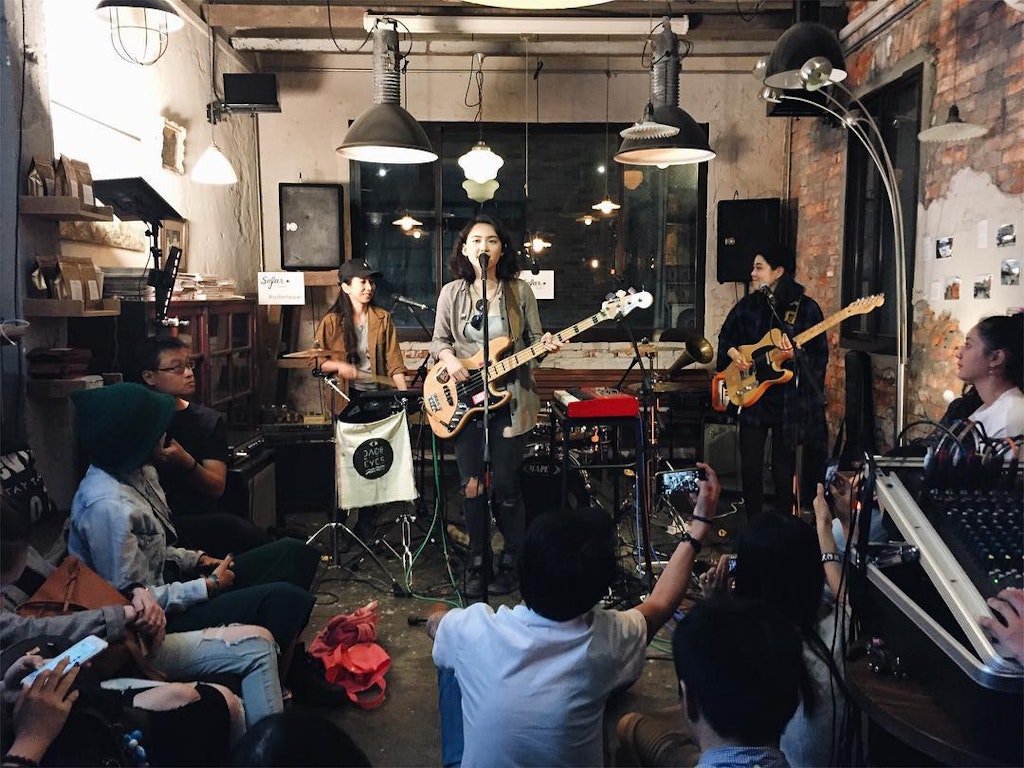
Related articles 01:
1. https://cafekinhdoanh.net/3696-2
2. https://cafekinhdoanh.net/chi-phi-ban-hang-la-gi
4. https://cafekinhdoanh.net/a-nation-brewed-exploring-american-coffee-drinking-habits-through-surveys
5. https://cafekinhdoanh.net/truong-dai-hoc-kinh-te-da-nang-hoc-phi
The types of music best suited for a cafe generally share common characteristics: they are pleasant, non-intrusive, and conducive to conversation or quiet contemplation. While exceptions exist depending on the cafe’s specific niche, several genres consistently prove effective:
- Jazz (especially Smooth or Cool Jazz): A perennial favorite for cafes, jazz offers sophistication and relaxation. Smooth jazz provides a mellow, easy-listening backdrop, while cool jazz adds a touch of intellectual cool without being demanding. Instrumental jazz works particularly well as it avoids potentially distracting lyrics, creating an elegant and timeless atmosphere.
- Lo-fi Hip-Hop / Chillhop: This genre has gained immense popularity in modern cafes, especially those catering to students or young professionals. Its characteristic downtempo beats, mellow samples, and often instrumental nature create a calm, focused, and unobtrusive atmosphere that’s perfect for working, studying, or relaxed conversation. It feels contemporary and cool without being loud or aggressive.
- Ambient / Instrumental Music: Music designed to create mood rather than be actively listened to is ideal background fare. This can include atmospheric electronic music, minimalist compositions, post-rock instrumentals, or even certain types of classical music (like Baroque or Neoclassical). It provides texture and depth to the soundscape without demanding attention.
- Indie Folk / Acoustic: Music featuring acoustic instruments, gentle vocals, and introspective or pleasant melodies fits well in cafes aiming for a warm, cozy, or rustic vibe. The organic sounds are comforting, and the often narrative lyrics are typically easy to tune in or out of as needed.
- Blues (Mellow/Acoustic): Certain styles of blues, particularly acoustic or more mellow electric blues, can add a soulful, authentic, and slightly nostalgic feel. It works well in cafes with a vintage or relaxed, no-frills identity.
- Classical Music: Specific subgenres of classical music, such as Baroque (Bach, Vivaldi), minimalist (Satie, Glass), or certain Romantic-era pieces, can lend an air of sophistication, tranquility, or focus. It’s important to avoid overly dramatic or intense classical pieces.
- Soft Pop / Easy Listening: Carefully curated playlists of soft pop or classic easy listening can create a universally pleasant and comfortable atmosphere. The key is to select tracks that are familiar but not overplayed, and that maintain a consistent, calm energy level.
- World Music (Select Styles): Genres like Bossa Nova from Brazil, certain types of Reggae, or instrumental music from various cultures can add an interesting, cultured, and relaxed layer to the cafe ambiance, provided they align with the cafe’s theme.
The common thread among these genres is their ability to function as a backdrop – they enhance the environment and experience without becoming the main event or a source of distraction.
The Pitfalls: Music to Avoid (and When Exceptions Apply)
Just as some music enhances a cafe, others can actively detract from the experience. Genres generally unsuitable for the typical cafe environment include:
- Heavy Metal, Hard Rock, Punk: Too aggressive, loud, and potentially alienating for many customers seeking relaxation or focus.
- Electronic Dance Music (EDM), Dubstep: While some downtempo electronic works, high-energy dance music with strong, repetitive beats is often too stimulating and distracting for a conversational or work-focused space.
- Loud Pop / Chart Hits: Can be too distracting, overly familiar, and lack the subtle ambient quality needed for a cafe. While popular, they don’t always contribute to a unique or calming atmosphere. Exceptions might exist for trendy cafes specifically targeting a young demographic, but volume control is key.
- Music with Explicit or Controversial Lyrics: Unsuitable for a public space catering to a broad audience.
- Overly Complex or Demanding Music: Anything that requires intense listening focus can be distracting for customers trying to converse or work.
It’s important to note that exceptions exist for themed cafes (e.g., a rock-and-roll themed cafe) or during special events like live music performances. However, for the standard daytime cafe operation, the goal is pleasant background sound.
Beyond Genre: Factors Guiding Selection
Simply picking a genre isn’t enough. Several other factors influence the optimal music selection:
Related articles 02:
1. https://cafekinhdoanh.net/doanh-thu-la-gi
2. https://cafekinhdoanh.net/truong-dai-hoc-kinh-te-da-nang-hoc-phi
3. https://cafekinhdoanh.net/ty-suat-loi-nhuan-la-gi-2
5. https://cafekinhdoanh.net/nhan-vien-quan-cafe-chia-khoa-vang-cho-thanh-cong-trong-kinh-doanh-ca-phe
- Time of Day and Day of the Week: A slightly more energetic playlist might be appropriate during the morning rush, transitioning to calmer tunes in the afternoon. Weekend evenings might allow for slightly more upbeat or social music than a quiet weekday morning.
- Target Audience: A cafe near a university might lean into Lo-fi or indie acoustic popular with students, while a cafe in a business district might favor smooth jazz or classical.
- Cafe Concept and Design: The music should feel consistent with the visual aesthetic, furniture, and overall branding.
- Volume Control: Crucially important. Even suitable music can be irritating if played too loudly, making conversation difficult. It should be present but not dominant.
- Playlist Length and Rotation: To prevent repetition fatigue for staff and regular customers, playlists need to be extensive and varied, ideally updated regularly.
Implementing the Sound Strategy
Putting the music strategy into practice involves curating or subscribing to appropriate playlists (manual creation allows maximum control, while commercial streaming services offer convenience and licensing solutions), investing in a decent sound system with well-placed speakers for even distribution, and periodically evaluating if the music is achieving the desired effect on atmosphere and customer comfort.
Conclusion
Music in a cafe is far more than just noise; it is a deliberate design element that profoundly shapes the customer experience. It acts as the ambient architect, creating mood, buffering unwanted sounds, subtly influencing behavior, and reinforcing the cafe’s unique identity. Choosing suitable genres like jazz, Lo-fi hip-hop, ambient, or acoustic folk, while avoiding overly aggressive or distracting styles, is paramount. Coupled with careful consideration of volume, time of day, and brand alignment, a well-curated musical backdrop transforms a simple coffee stop into a comfortable, inviting, and memorable destination. For cafe owners, investing thought and effort into their musical selection is an investment in their brand, their atmosphere, and ultimately, their success.
